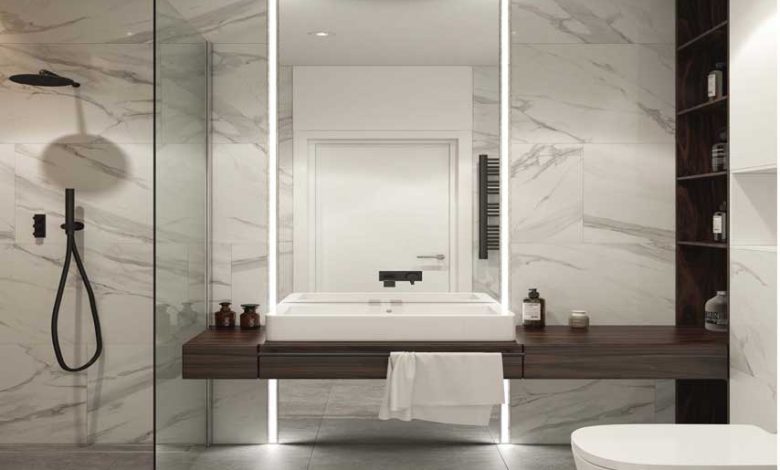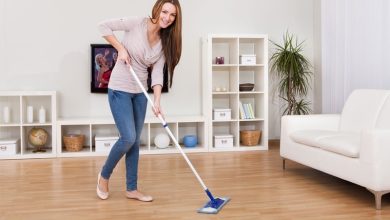Shopping for Bathroom Vanities

Every day, you probably utilise your bathroom vanity several times. Shaving, washing face, applying cosmetics, brushing your teeth you spend indefinite hours in front of this sink-counter top combo. Therefore it’s very important to buy a bathroom vanity unit after doing some analysis. For that let’s look at some interesting facts which will boost your knowledge about bathroom vanities.
- What Is a Vanity, First and Foremost?
A vanity (or also referred to as a “vanity unit”) is a piece of bathroom furniture that typically includes a sink, countertop, and mirror. Many modern vanities have lighting, architectural style aspects, built-in shelving, and other amenities not seen on traditional vanities. Vanities are a crucial part of your total bathroom installation in terms of style and utility.
- A Brief History of Vanities: Where Did They Come From?
Vanity tables were commonly found in bedrooms before indoor plumbing was invented. They were essentially a table with an integrated basin where individuals could wash their hands and faces at night and in the morning.
We kept the fundamental design of a vanity table—a flat countertop with a basin—but placed it inside the dedicated bathroom space after modern plumbing was established.
- What Is a “Vanity” and Why Is It Called That?
What we now term a vanity was once referred to as a “toilet table.” In truth, a “toilet table” was made by Thomas Chippendale (a prominent London cabinetmaker) in 1762, according to archives. Over the next century, the prevalent name became “dressing table” and eventually “vanity table.”
Most Common Bathroom Vanity Materials
Particleboard is used for the bathroom vanity.
Wood particles and glue are combined in a composite sheet material, which is then heated and pressed into sheets. Particle size and overall density are used to classify the material.
Some types of particleboards are more durable than others.
Plus points
- Low cost of production and purchase
- Wood veneer, melamine, or laminate can be used to cover it.
It’s possible that you’re not aware of how much steam comes into touch with your vanity. Your vanity is exposed to steam every time you shower, take a bath or simply leave the hot water running for more than a few seconds. The material will deteriorate as a result, and you will need to replace it.
MDF (Medium Density Fiberboard)
This is a type of engineered wood composite that is comparable to particle board but is denser and stronger. For a long period and at extreme temperatures, microscopic particles of wood were compressed.
Plus points
- Price
- The smooth surface
- There are no knots or splinters along the edges.
- Take paint very well; custom cabinet or vanity manufacturers won’t want to paint genuine wood since the paint would break on the wood surface.
While nothing beats solid wood for most projects, it isn’t always the greatest option to buy a bathroom vanity unit. Solid wood (all-natural genuine wood) and solid hardwood are the two types of solid wood.
Solid hardwood, which is constructed from woods like oak, cherry, and maple, is the most durable wood material. Solid wood has a propensity to shrink and expand in response to variations in humidity. Expansion can result in fractures in the painted surface as well as warping (in extreme cases). Because real wood is porous, it absorbs water molecules in the air. I won’t go so far as to suggest that actual wood is a horrible material. It’s been around for generations, and many contractors and builders still favour it.




